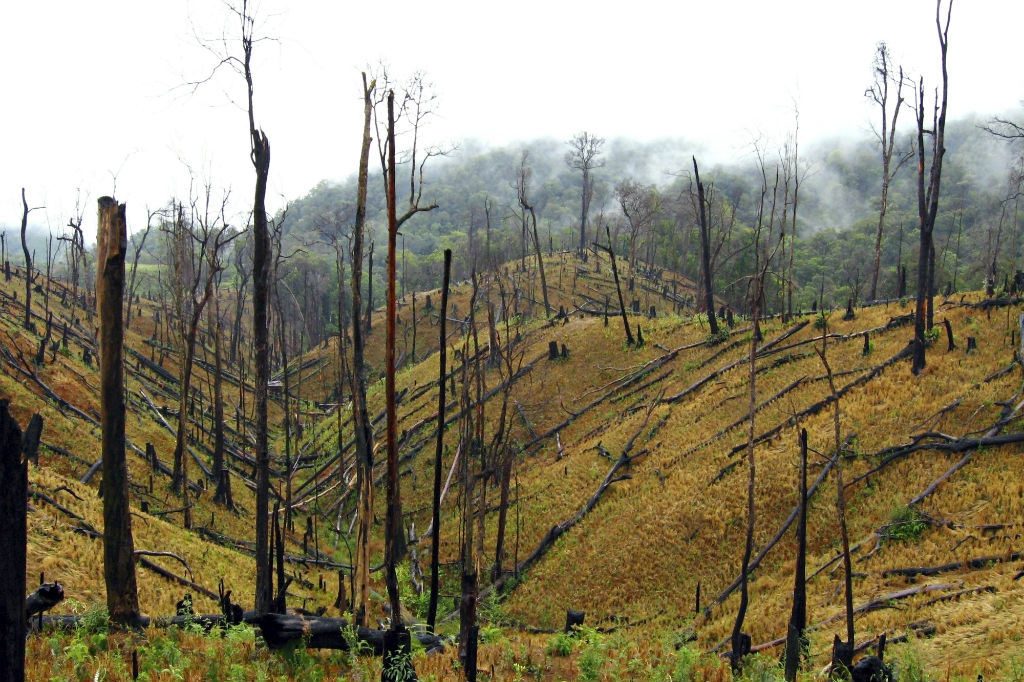Myanmar Extractive Industries Transparency Initiative (EITI) applied the forestry sector on the report for the first time this year
26 กรกฎาคม 2562
Myanmar’s forestry sector was included in the Myanmar Extractive Industries Transparency Initiative (MEITI) report for the first time this year. Myanmar is the second country to have its forestry sector included in the EITI.
Guided by the belief that a country’s natural resources belong to its citizens, the EITI is the global standard for promoting open and accountable management of its resources. It requires the disclosure of information along the extractive industry value chain from the point of extraction, to how revenues make their way through the government, and how they benefit the public.
In preparing the Myanmar forestry report, EITI compared data from the Forest Department, state-owned Myanmar Timber Enterprise (MTE), Internal Revenue Department, Treasury Department and Customs Department as well as data issued by timber companies.
EITI’s work in the Myanmar forestry sector revealed discrepancies between information recorded by state-owned companies and government departments, such as production rates and revenues, said Daw Moe Moe Tun, a civil society representative for the EITI tripartite coalition between the government, private sector and civil society. “We are worried about these differences, some of which are huge,” said Daw Moe Moe Tun.
As such, the objective of the EITI reports in Myanmar will be to examine and reconcile the differences in the amount of payments among the respective government ministries, departments, organisations and companies.
According to the report, direct payments to the government from timber companies amounted to K 584 billion during fiscal 2015-16. Total government receipts amounted to K714.7 billion. During the year, a total of 679,794 Hoppus tonnes of timber was produced. Data showed that MTE sold US$296.5 million worth of timber, while US$207.2 billion worth was officially exported, mainly to India.
Meanwhile, industry experts said taxes and other fees collected from the sector are too low. “Myanmar is rich in natural resources, yet the deforestation rate is high because of population increase and excessive logging. As a result, the forest coverage area was reduced by 43pc in 2015.Funds are needed for the reforestation works that are being carried out now,” said U Ye Myint Swe, Deputy Minister of Natural Resources and Environmental Conservation.
In April 2014, Myanmar issued a total ban on exports of home-grown premium raw wood to protect and regenerate its forestry resources and develop its wood processing industry. The current government also places strict limits on the timber trade, but this year permitted logs from private plantations to be exported.
Still, some 143,000 tonnes of illegal hardwood have been seized over the past three years, according to the Ministry of Natural Resources and Environmental Conservation’s Forest Department.
The EITI report provided 11 suggestions for the management of the revenue coming from the timber production sector, administration of timber production and implementation of EITI across the sector.
According to the forestry report, Sagaing Region has the highest teak production rate across the nation – 46 percent of teak and 66pc of hardwood. The second region is Shan State with 27pc of teak and 6pc of hardwood.
(The Myanmar Times: https://www.mmtimes.com/news/eiti-applied-forestry-sector-first-time.html )











